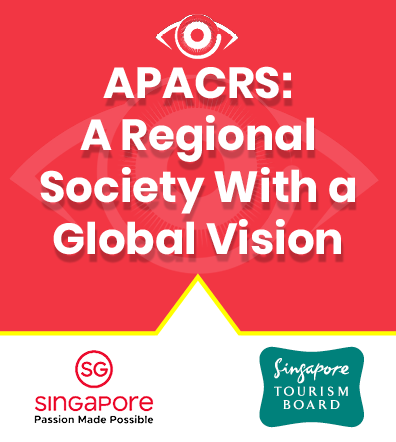Eyeworld Weekly Update |
Volume 21, Number 04 |
29 January 2016 |
- Lifitegrast resubmitted to FDA
- First patient dosed in phase 2/3 GA study
- Topical presbyopia treatment study completes enrollment
- Chickenpox, shingles vaccine may cause corneal inflammation
Lifitegrast resubmitted to FDA
The New Drug Application for lifitegrast, for the treatment of signs and symptoms of dry eye disease in adults, has been resubmitted to the Food and Drug Administration (FDA), developer Shire (Lexington, Mass.) said in a news release.
Addressing the FDA request for an additional study, Shire included in its NDA resubmission package data from OPUS-3, a phase 3 efficacy and safety trial with a primary endpoint of patient-reported symptom improvement. The resubmission package also included information requested by the FDA regarding product quality.
Shire resubmitted the NDA in response to the complete response letter (CRL) the company received from the FDA on October 16, 2015.
The new drug application for lifitegrast now includes data from 1 phase 2 study, 3 phase 3 efficacy and safety studies (OPUS-1, OPUS-2, and OPUS-3), and 1 long-term (1-year) phase 3 safety study (SONATA).
First patient dosed in phase 2/3 GA study
A phase 2/3 study of Zimura (avacincaptad pegol sodium), an inhibitor of complement factor C5, in patients with geographic atrophy, has begun dosing enrolled subjects, developer Ophthotech (New York) said in a press release. A phase 2 study of Zimura in combination with antivascular endothelial growth factor therapy in wet age-related macular degeneration patients has just begun enrollment, the company said.
Topical presbyopia treatment study completes enrollment
EV06, a topical ophthalmic solution for the treatment of presbyopia, has completed enrollment in a phase 1/2 clinical study, developer Encore Vision (Fort Worth, Texas) said in a press release.
EV06 (lipoic acid choline ester, 1.5%) is a first-in-class new chemical entity that targets a biochemical cause of presbyopia believed to be associated with an increase in the formation of disulfide bonds between the crystalline proteins within lens fiber cells. EV06 is intended to increase lens flexibility by breaking these bonds, thereby restoring elasticity, allowing the lens to focus on nearby objects. EV06 is a prodrug that penetrates the cornea and is subsequently broken down into lipoic acid and choline.
The phase 1/2 prospective, randomized, double-masked, multicenter study is examining the safety and efficacy of EV06 compared to placebo over 90 days for the treatment of presbyopia. Four sites across the United States enrolled a total of 75 subjects between the ages of 45 and 55 with distance corrected near visual acuity (DCNVA) worse than 20/40 and best corrected distance visual acuity (BCDVA) of 20/20 or better in each eye. The study has enrolled myopic, hyperopic, and emmetropic presbyopes. The primary outcome is mean change in DCNVA and BCDVA. To date, no safety or tolerability issues have been reported.
Results from the study are expected in the second quarter of 2016.
Chickenpox, shingles vaccine may cause corneal inflammation
The World Health Organization considers the varicella zoster virus vaccine for chickenpox and shingles an essential medicine, but "in rare instances, a link between the vaccine and corneal inflammation" has been found, according to researchers from the University of Missouri School of Medicine, Columbia, Mo.
Frederick W. Fraunfelder, MD, and others at the University of Missouri Mason Eye Institute studied case reports from both national and international registries and found "at least 20 cases of keratitis occurred in children and adults within a month of administration of the chickenpox and shingles vaccine," he said.
For adults, symptoms of keratitis developed within 24 days of vaccination. For pediatric patients, symptoms of inflammation developed within 14 days.
RESEARCH BRIEFS
 Licensed Publications |
Licensed through ASCRS American Society of Cataract and Refractive Surgery, 4000 Legato Road, Suite 700, Fairfax, VA 22033-4003, USA.
All rights reserved. The ideas and opinions expressed in EyeWorld Asia-Pacific Weekly News do not necessarily reflect those of the ASCRS�ASOA or APACRS. Mention of products or services does not constitute an endorsement by the ASCRS�ASOA or APACRS. Copyright 2008, EyeWorld News Service, a division of ASCRS Media. |



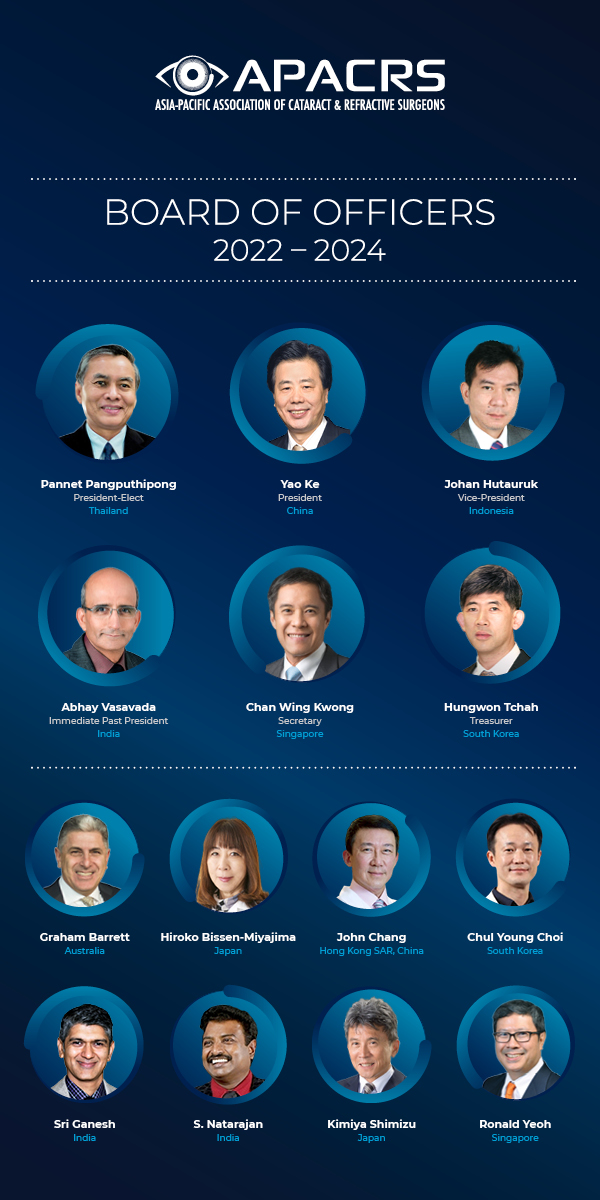
 EyeSustain Update
EyeSustain Update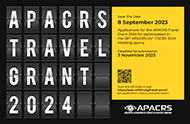 2024 APACRS TRAVEL GRANT
2024 APACRS TRAVEL GRANT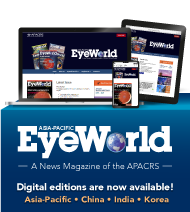 Digital EyeWorld
Digital EyeWorld VOL. 39 (2023), ISSUE 3
VOL. 39 (2023), ISSUE 3  Membership Information
Membership Information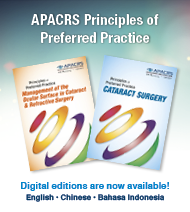 APACRS Principles of Preferred Practice
APACRS Principles of Preferred Practice